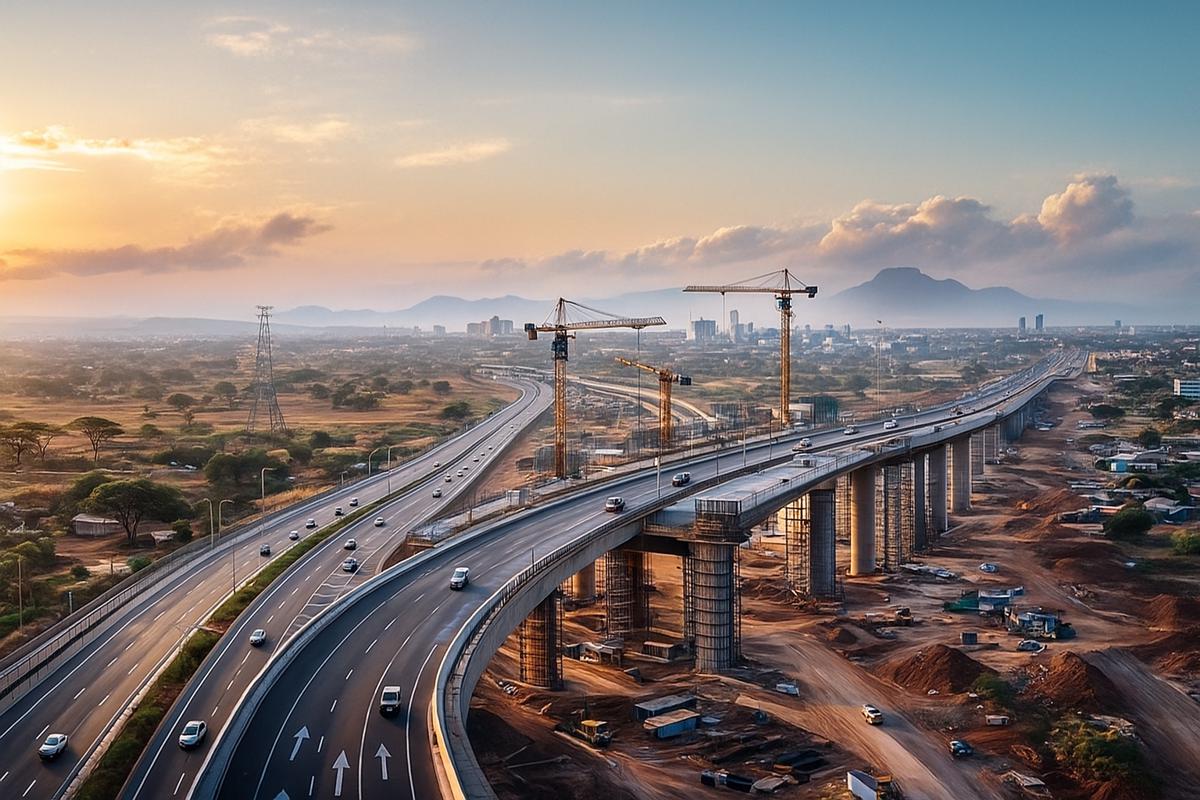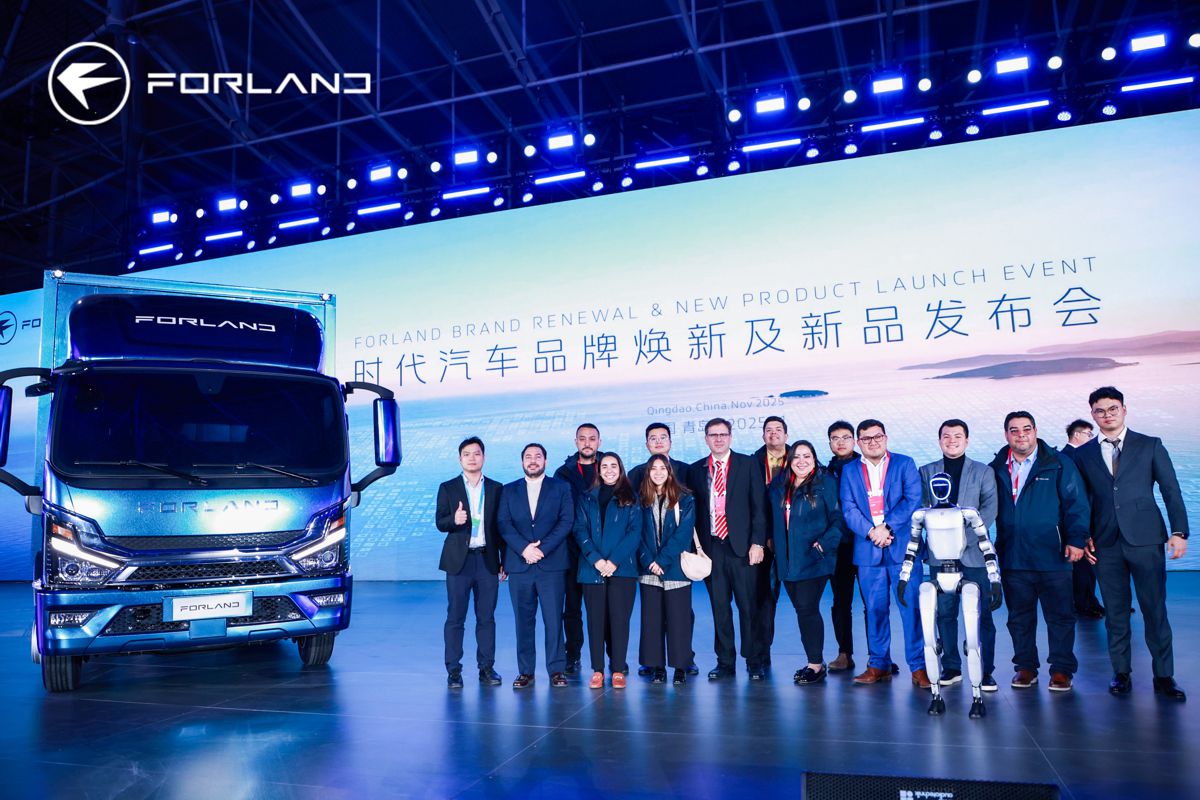Japan’s Technological Maglev Rail Renaissance
Japan stands tall as a global leader in engineering research and technology, with technological achievements that are second to none.
Yet, Japan’s rise wasn’t always smooth. After the devastation of Hiroshima and Nagasaki in 1945, the nation’s economy lay in ruins. But with resilience, and adoption of a new constitution in 1947, and innovation, Japan re-emerged as the world’s third-largest economy, boasting a GDP of $4.94 trillion.
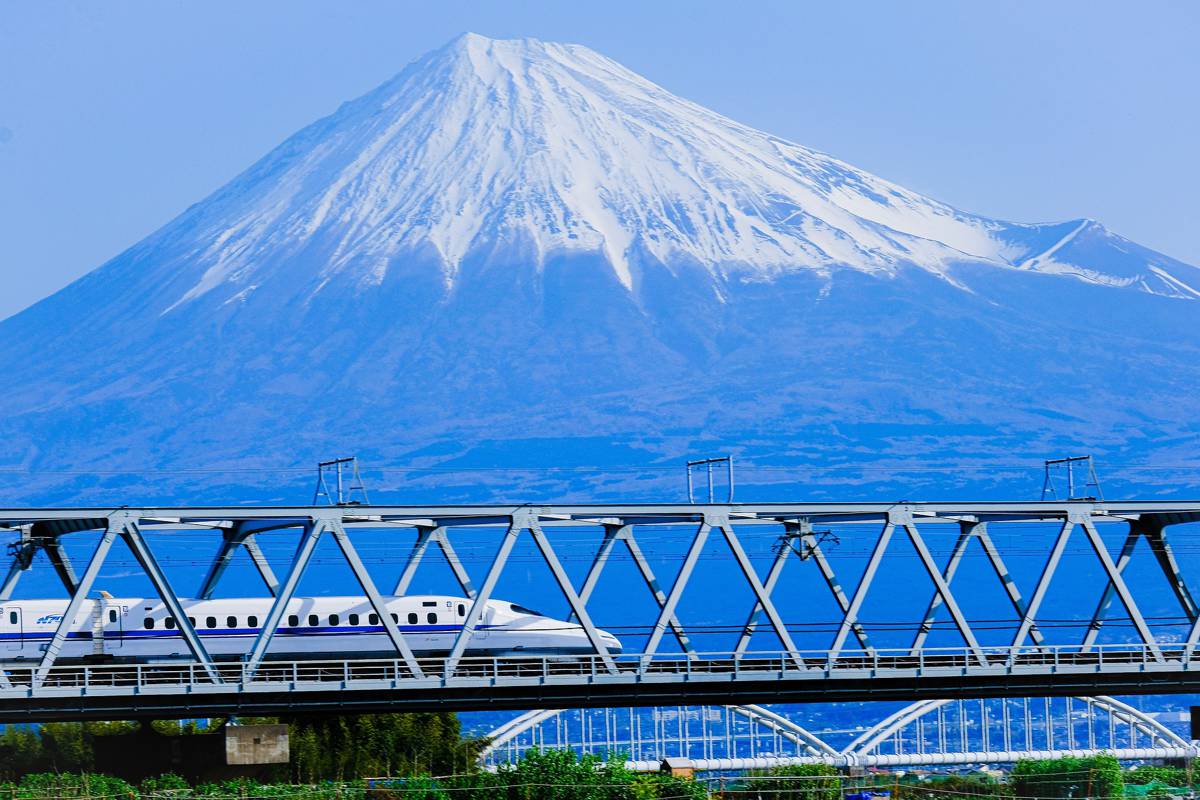
Pioneering in Commuter Transport
One of Japan’s most iconic innovations is its high-speed rail, especially the Shinkansen or “bullet train”.
Introduced in 1964 with the Takedo Shinkansen, it transformed the image of commuter transport. This first model zipped at speeds of up to 130 miles per hour, setting a standard for others to aspire to.
Nearly six decades later, Japan is about to redefine speed with a new high-speed rail employing electromagnetic technology, aiming for a staggering speed of 310 miles per hour by 2027.
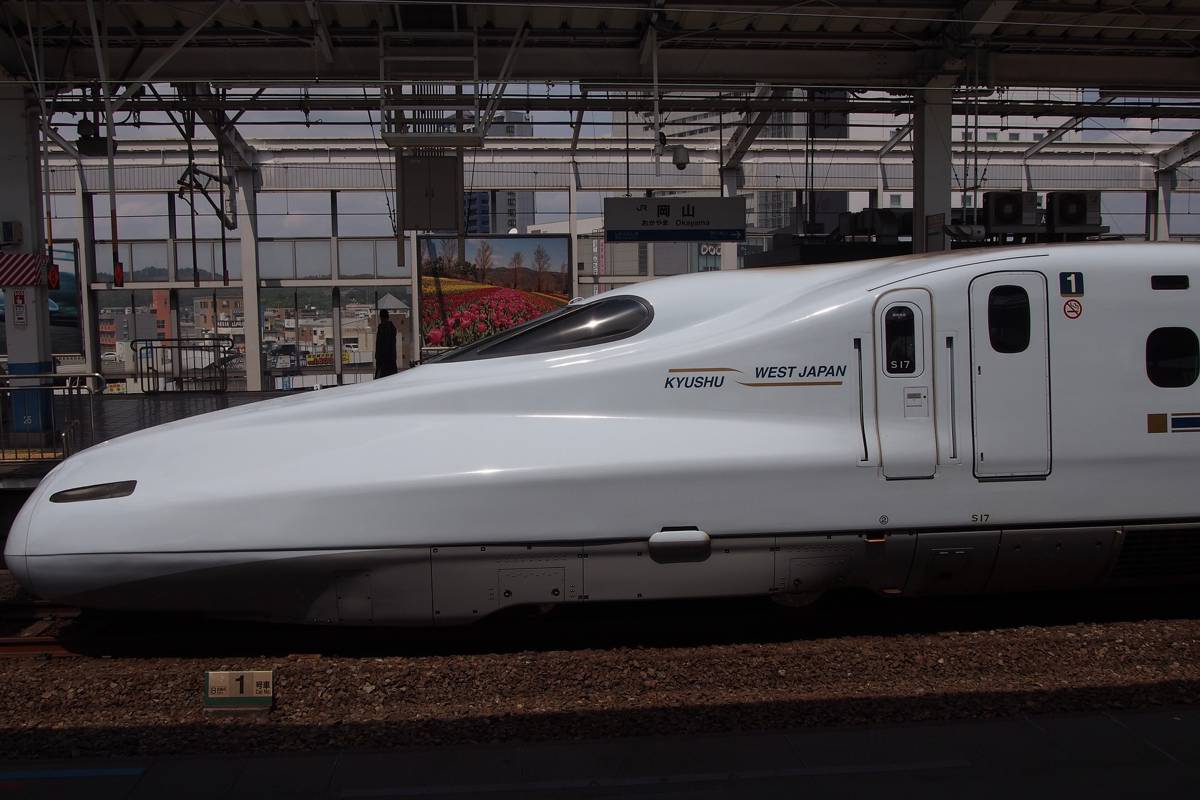
The Legacy of Chuo Shinkansen
The Chuo Shinkansen, Japan’s latest rail marvel, traces its roots back to 1990 when geological studies for the project began. After consultations in 2008-2009, Central Japan Railway Company was entrusted with its execution.
Designed to connect the bustling cities of Tokyo and Osaka, the Chuo Shinkansen promises a 67-minute journey, nearly half the time taken by its predecessor, the Takedo Shinkansen.
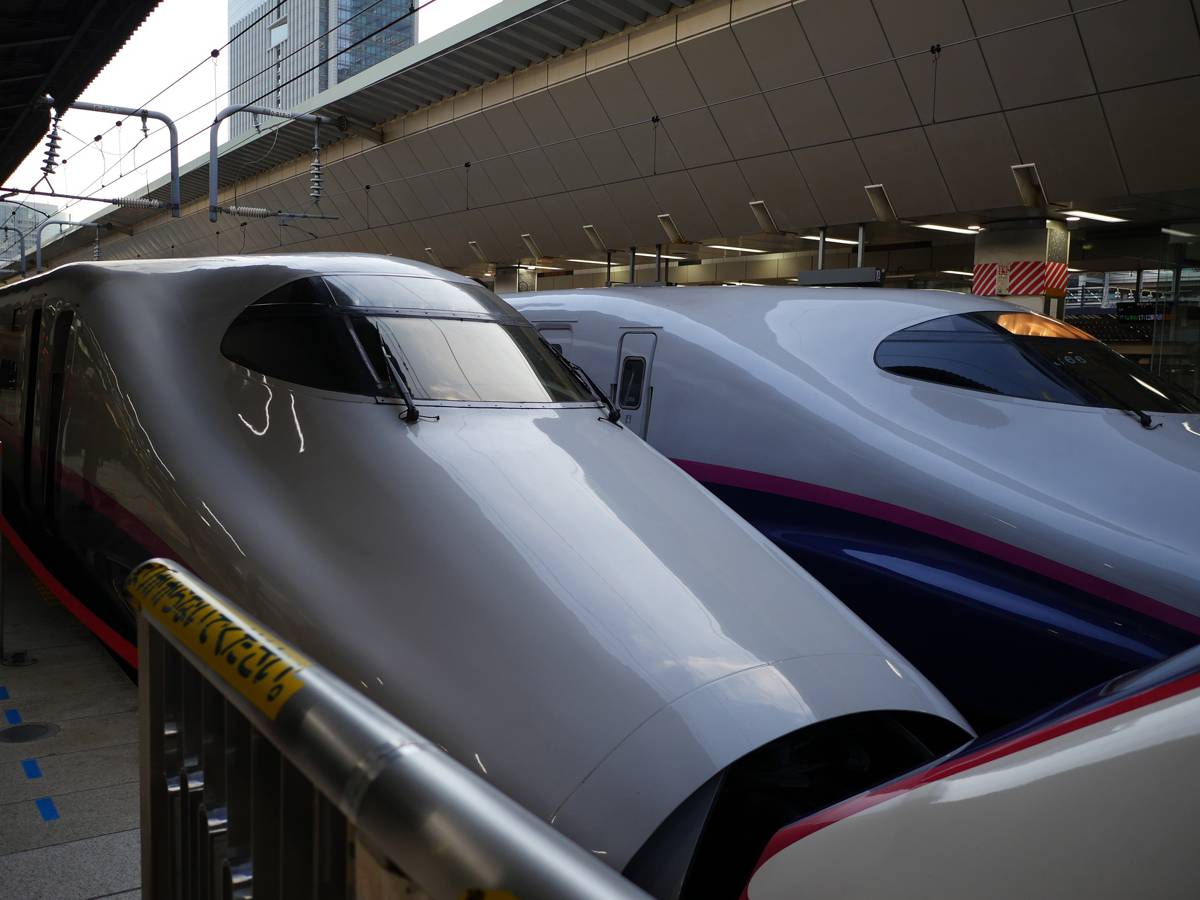
Why Maglev?
Maglev, short for “magnetic levitation”, emerged from Japan’s undying pursuit of speed and efficiency.
Although the Takedo Shinkansen revolutionized rail transport in 1964, Japanese engineers soon envisioned a train system that would further reduce travel time. By the 1970s, experiments with maglev technology were underway, and by the 1990s, Japan had already built an 11.4-mile-long test track, offering free rides to over 200,000 participants.
This thirst for innovation paved the way for the current Chuo Shinkansen project.
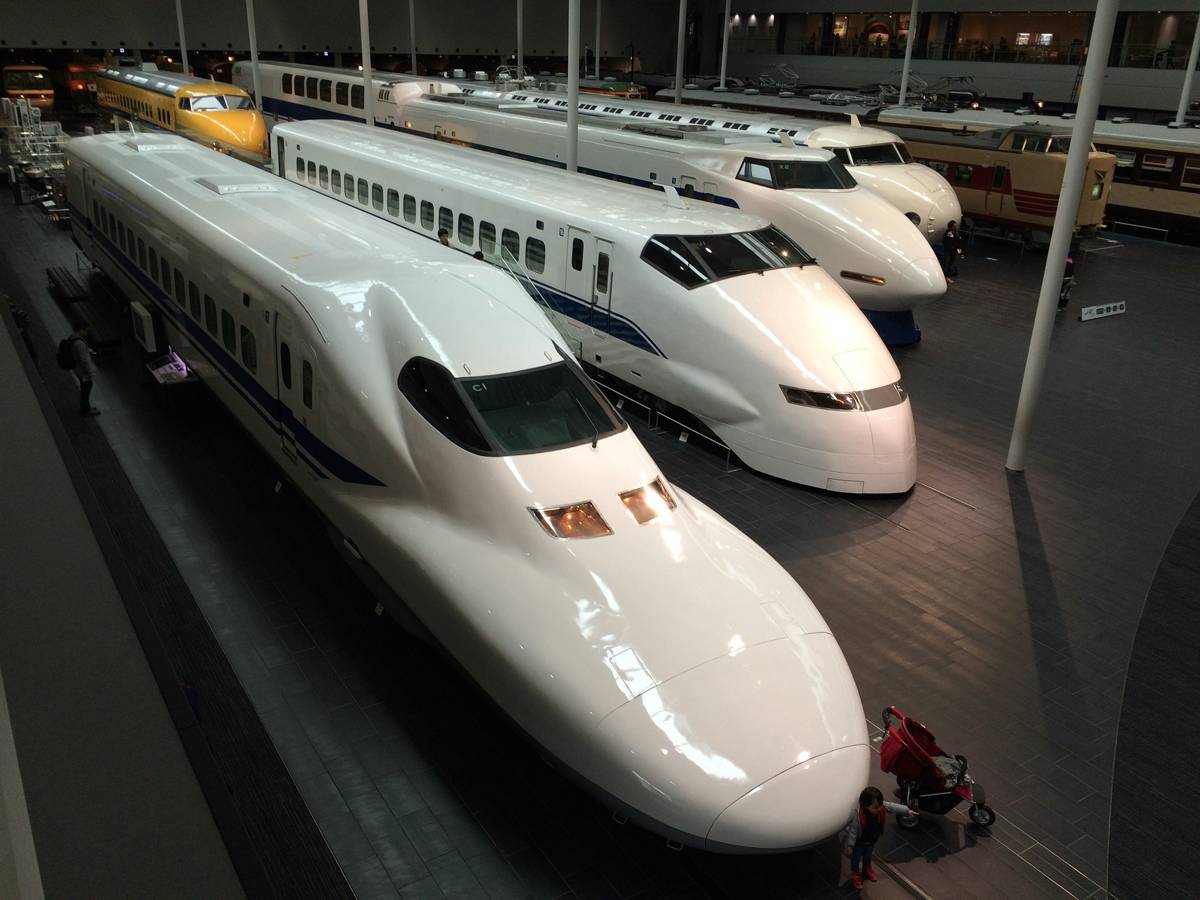
Maglev’s Technical Mastery
Maglev, though conceptualized as early as 1907, saw its first practical applications in Japan. Using two sets of electromagnets, maglev trains hover 10 centimetres above the tracks, eliminating friction and enabling tremendous speeds. This is made possible by cooling the magnets with liquid helium, enhancing their magnetic potency.
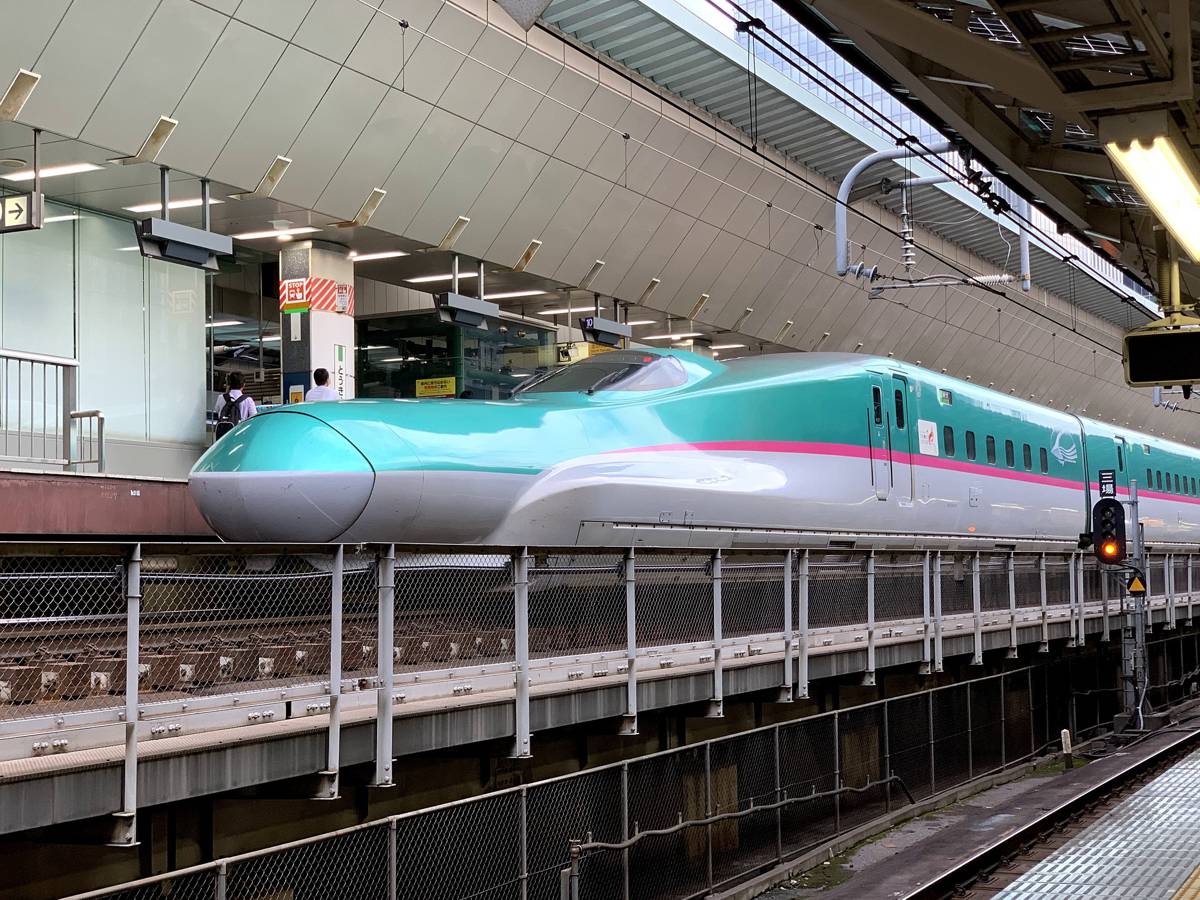
Construction Endeavours
Overseen by the Central Japan Railway Company, the project’s estimated cost has soared from $40 billion in 2007 to over $70 billion in 2011.
Nearly 90% of the 177-mile railway will be underground, primarily to maintain straight tracks for optimal maglev performance and to minimize earthquake risks.
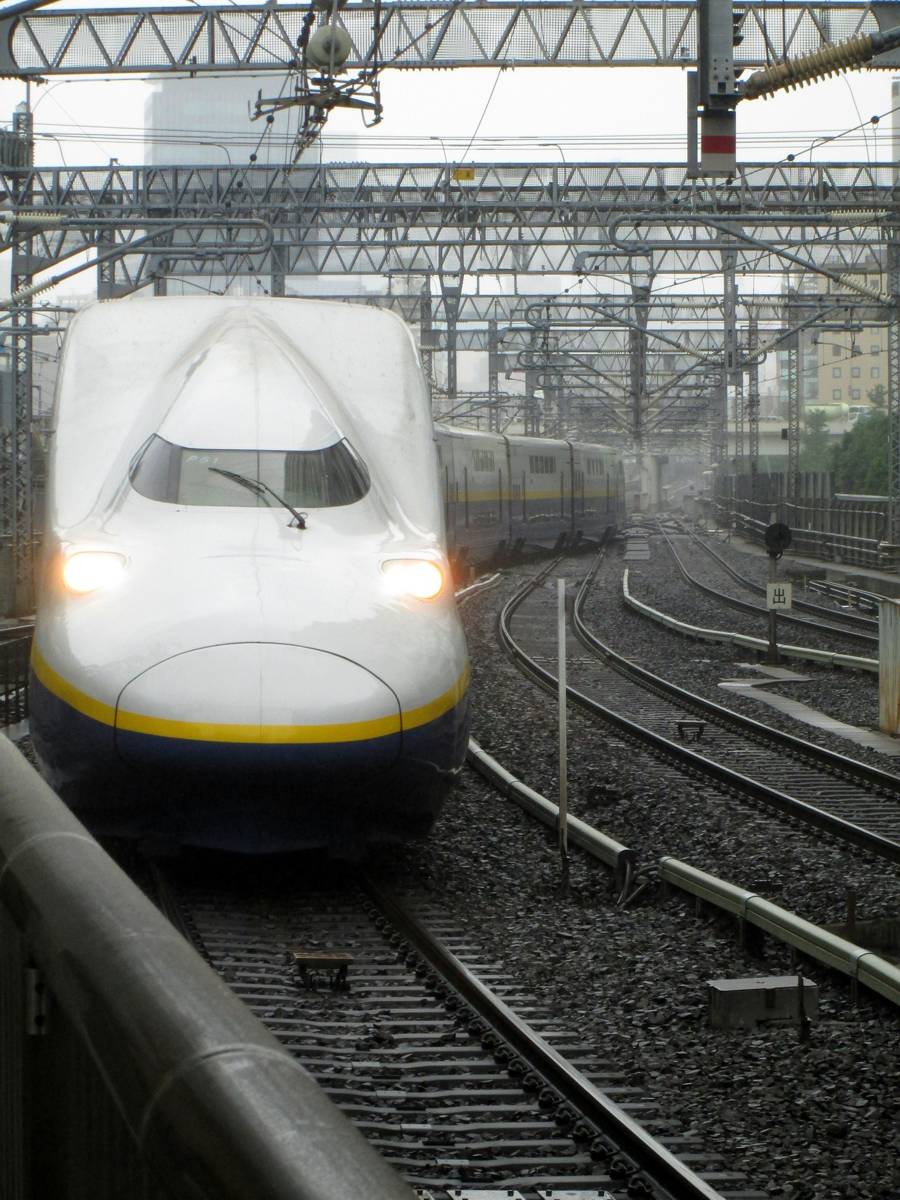
Addressing Concerns
Despite its promise, the Chuo Shinkansen project faces challenges. From environmental concerns related to the Oi River to debates over its high costs and practicality, criticisms abound. There are also fears related to its fully automated operation and potential risks in earthquake-prone zones.
However, given Japan’s track record, many believe the nation will navigate these challenges successfully, as it always has.
Japan’s journey, from the ashes of World War II to global technological supremacy, is a testament to its spirit of resilience, innovation, and commitment to progress. With the Chuo Shinkansen, the world once again waits in anticipation to witness another Japanese marvel.














